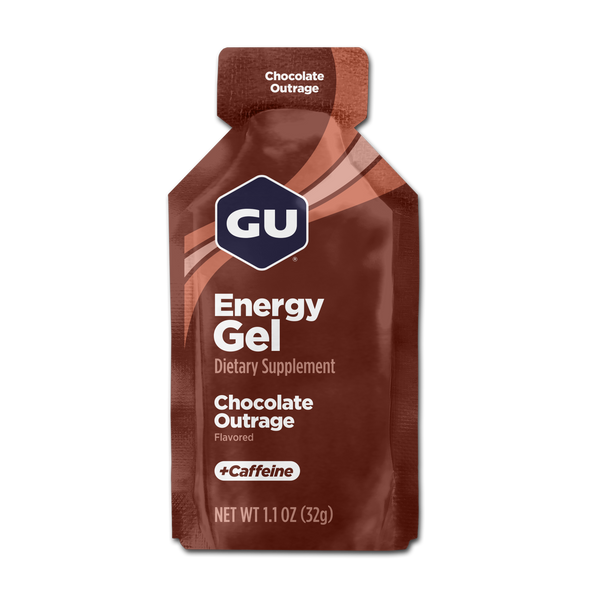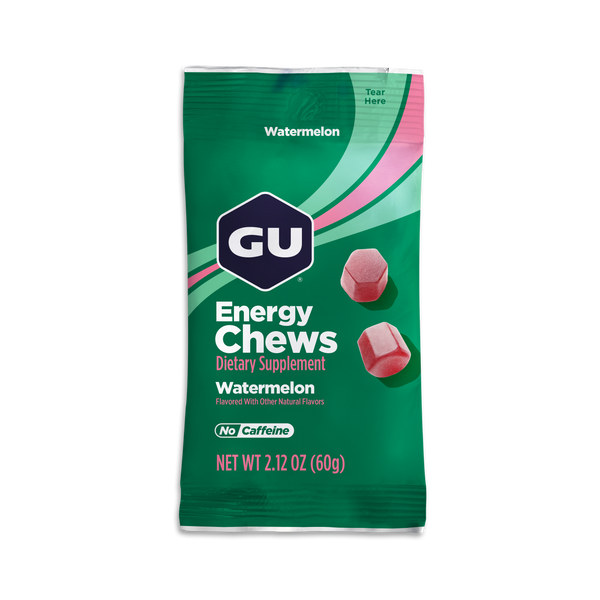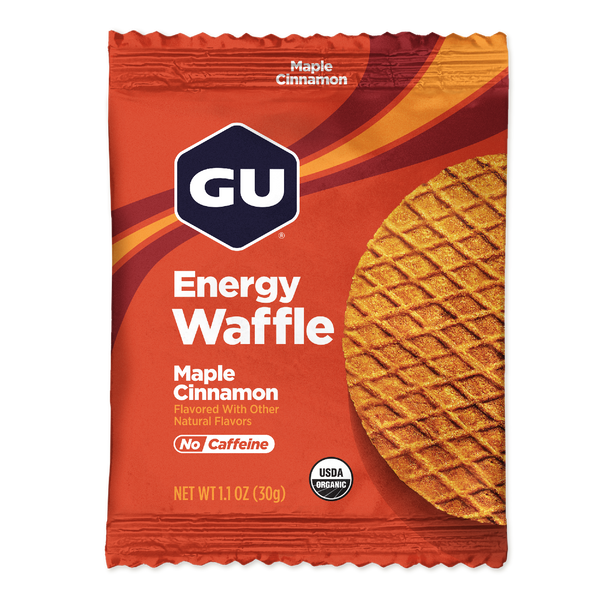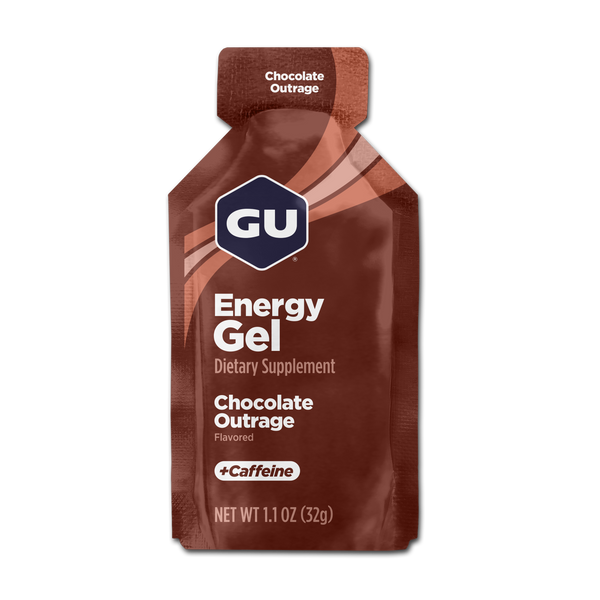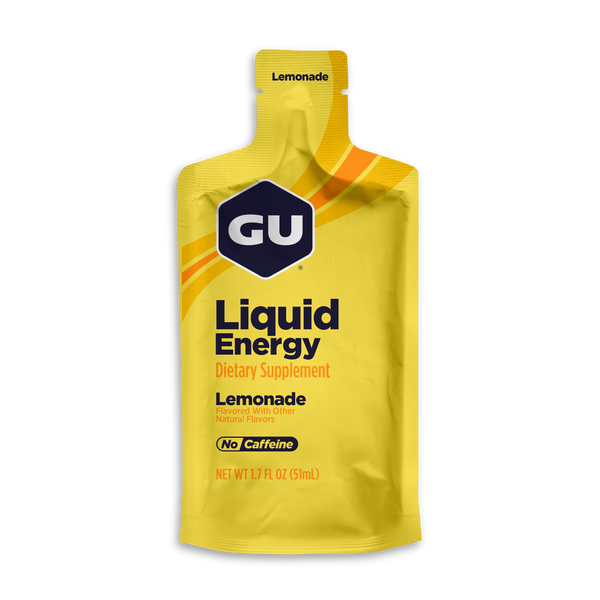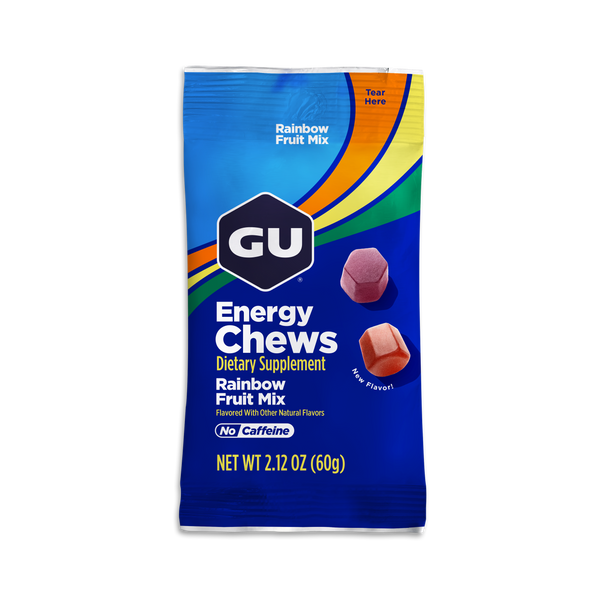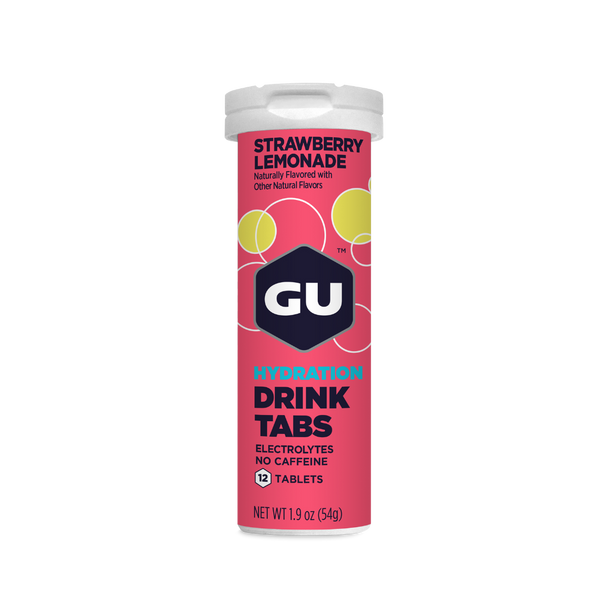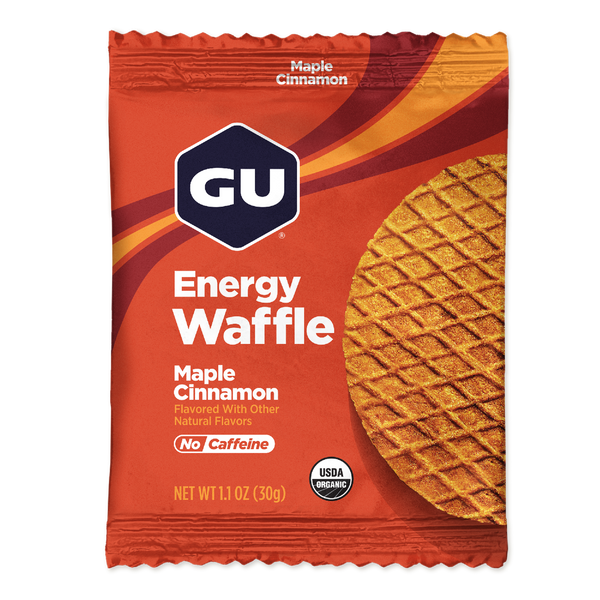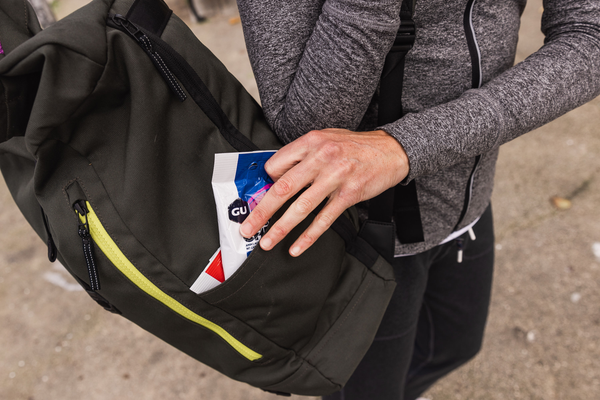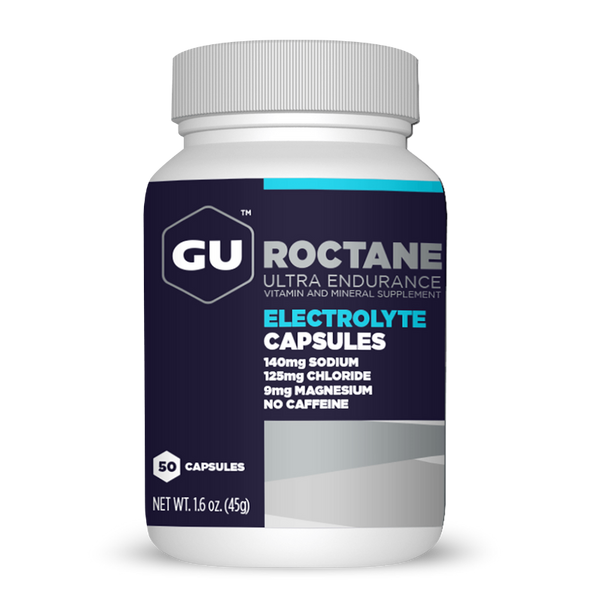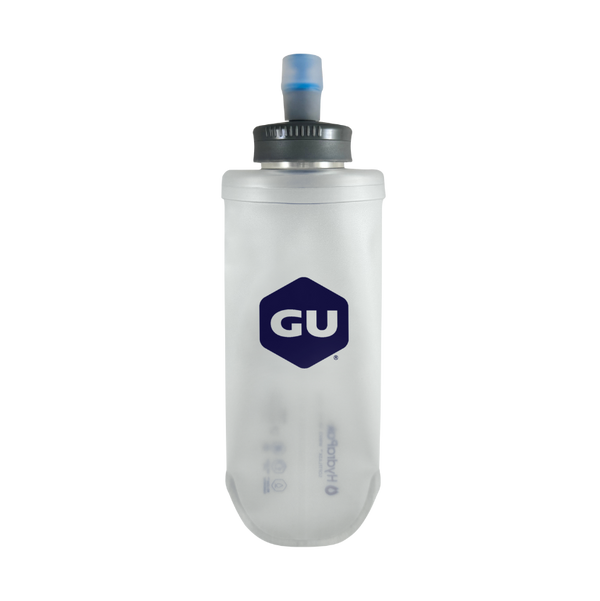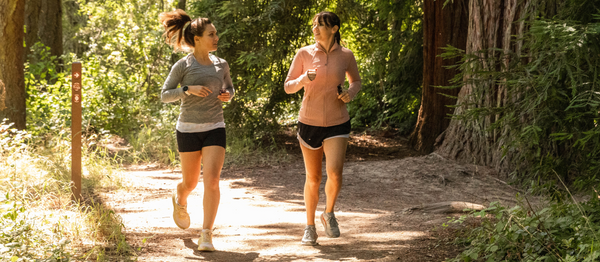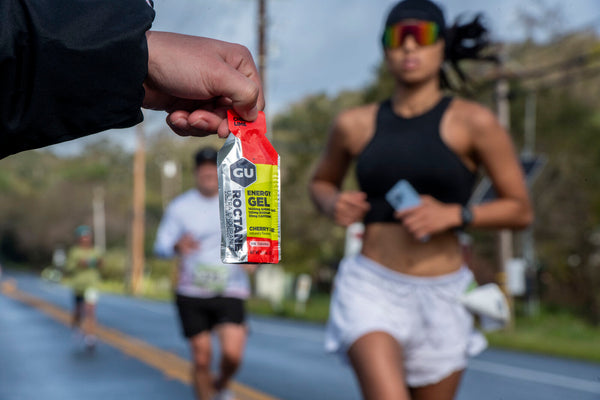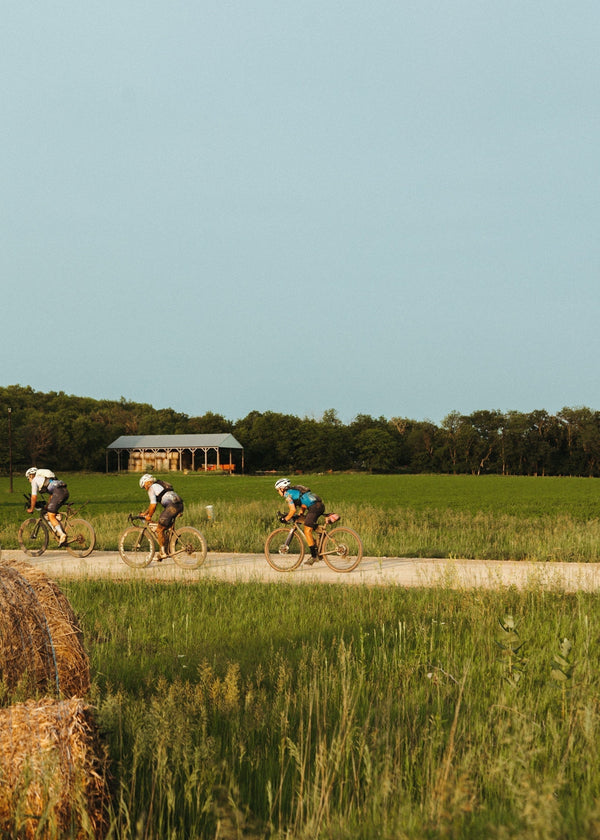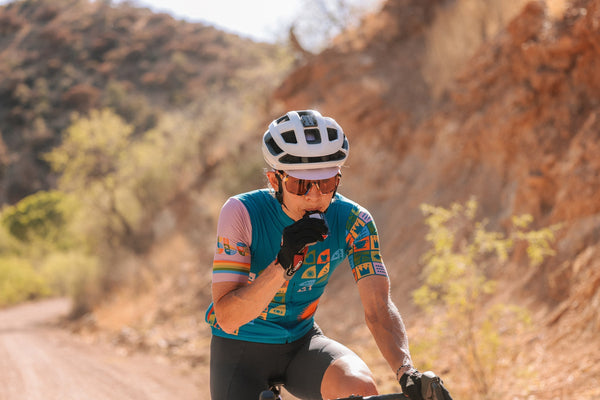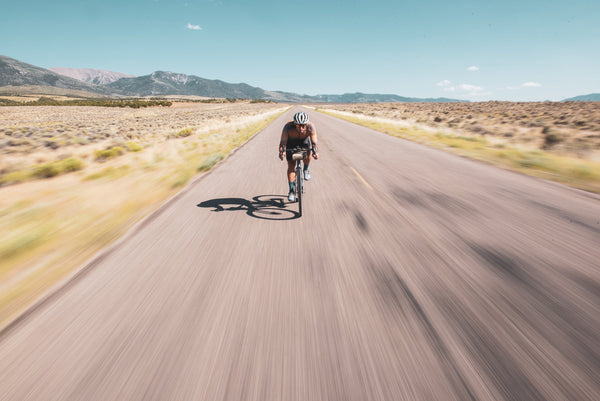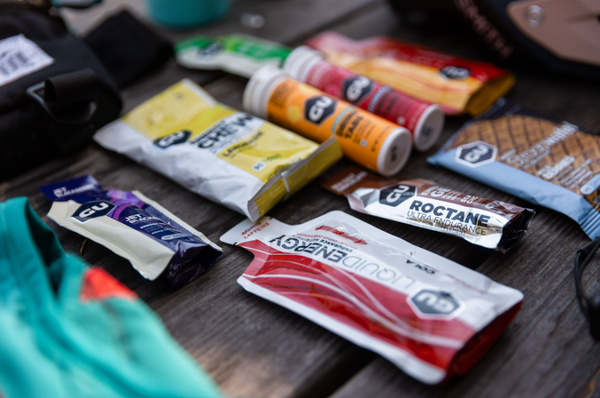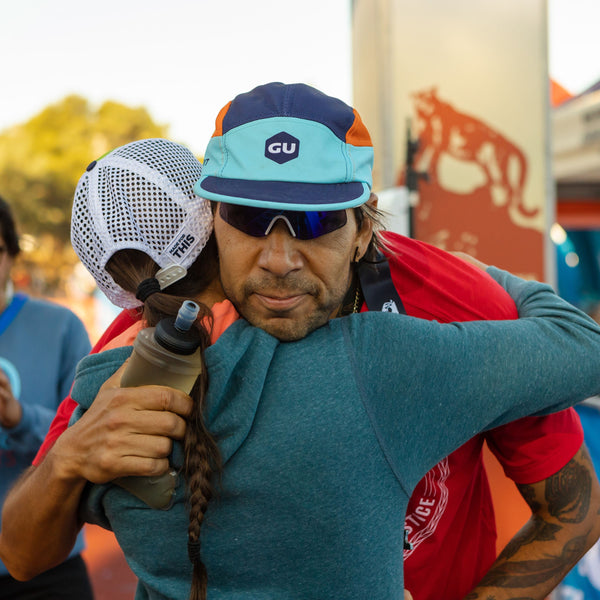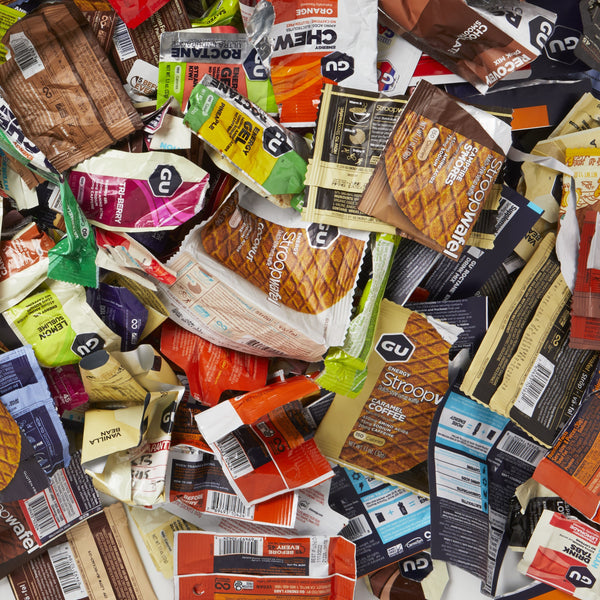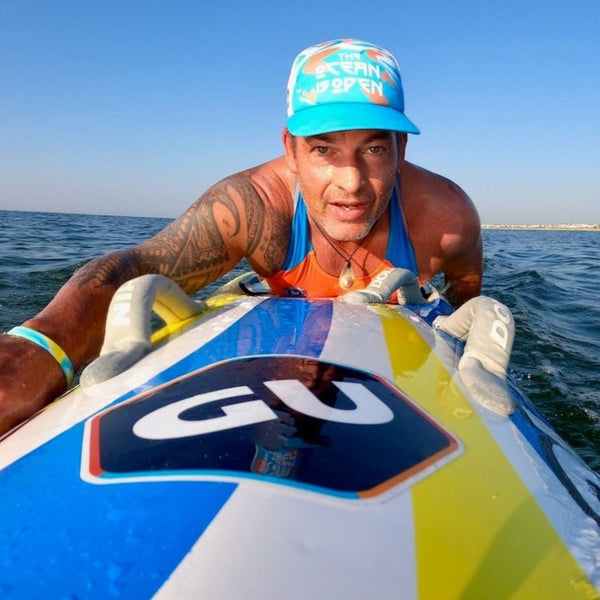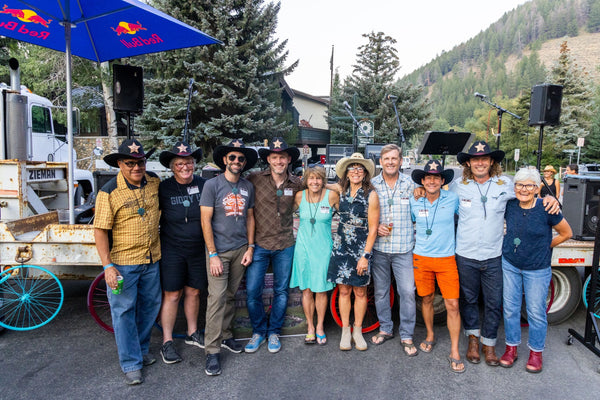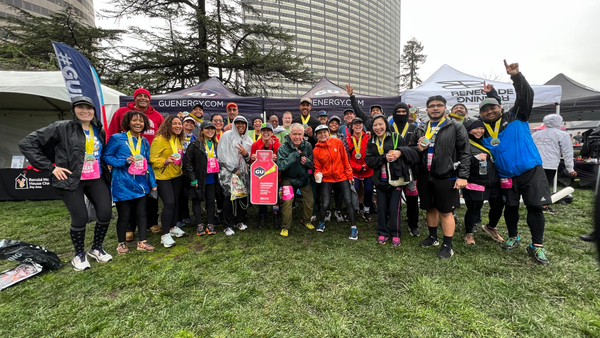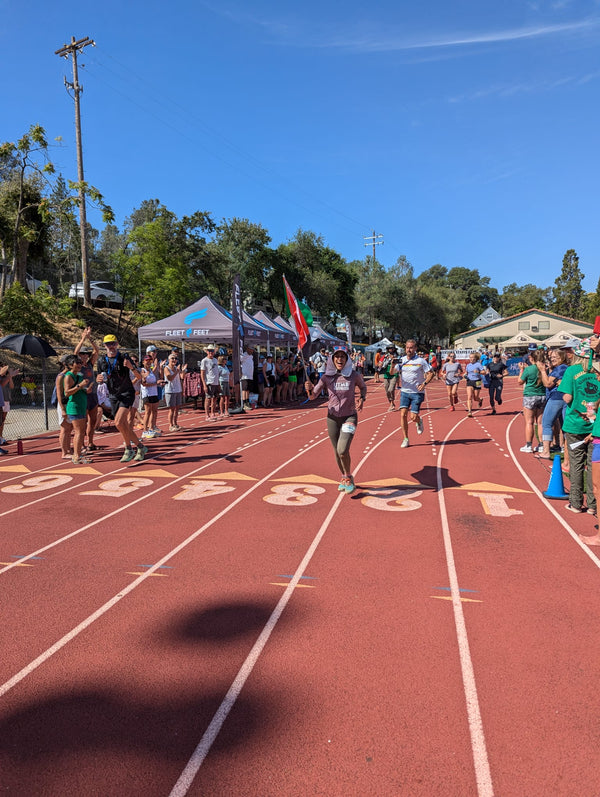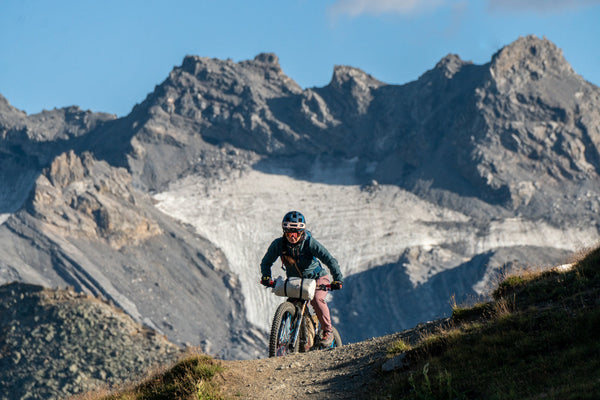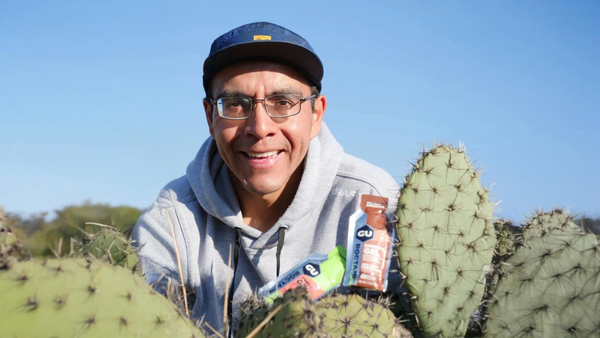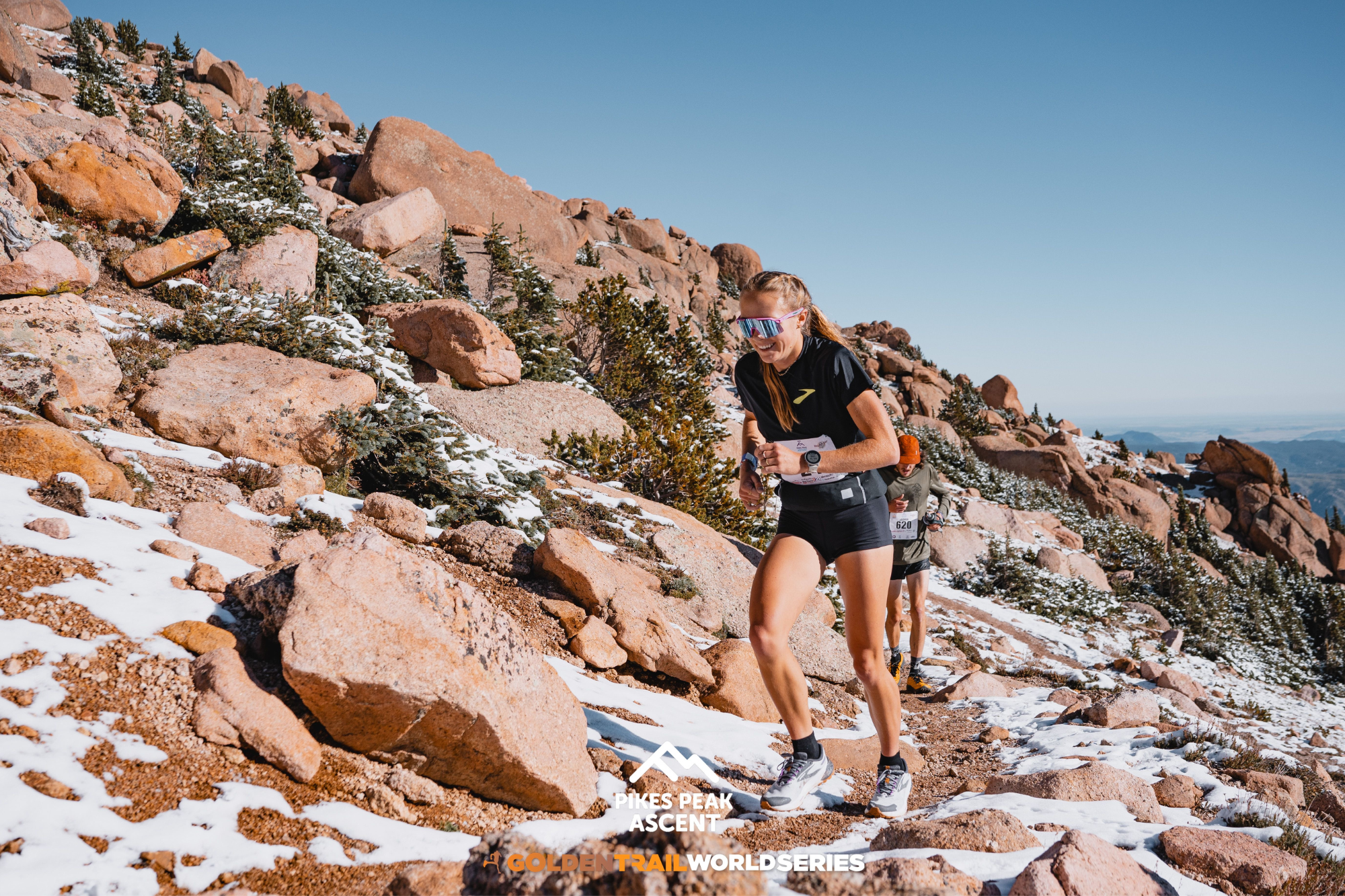
Photo credit: Johnny Pace
The ringing of cowbells and the beat of an obscure rock and roll song coming from someone’s car speaker faded away as my competitors and I hit the first segment of trail above Manitou Springs, Colorado. Soon, I couldn’t hear much of anything except footsteps on the frosty ground and my breath as I started the race up the side of the famous Pikes Peak.
The last spectator I ran by in town, amidst a fellow group of runners, had said, “it’s just you and the mountain now”. His words echoed in my head as I became aware of the magnitude of the challenge ahead. Most of my athletic career had centered around track 1500-meter races and trail hill climbs under an hour in length. Not only was Pikes Peak Ascent going to be the longest sustained climb of my life (7800ft), but it was also the most competitive trail race of my career up to that point, it topped out at the highest elevation I’d ever been to (14,115 ft), and it was the longest race I had ever competed in (I anticipated it would take about 3 hours). I was also not the fittest I had ever been. Five weeks had passed me by just prior, while I healed a minor foot injury. There were a million signs pointing to the fact that I was unprepared for this event.
The biggest of those signs, in hindsight? Without a doubt: the fact that I didn’t have anything even resembling a nutrition plan. In the moment, however, I was pretty confident that the two Gogo Squeez cinnamon applesauce pouches, the Justin’s peanut butter packet, and the dense Protein Puck I had stuffed away in my running belt were exactly what I needed to get through the race. After all, that was similar to how I routinely fueled all-day adventures in the mountains—on foot, on skis, on wheels, you name it. I felt good about it.
I ran to the best result of my trail career up to that point. The bigger shock, which I later calculated, was that I had choked down just 270 calories, containing only about 40 grams of carbs, plus 17 ounces of electrolytes. That is roughly one quarter to one third of what I needed. It is truly a miracle I never bonked.
[Note from GU: Our experts recommend consuming 200-300 calories per hour if you're exercising for 1+ hour, and 30-60g of carbs per hour. If you're exercising for 3+ hours, you can increase your carb intake to up to 90g per hour.]

Just 6 days later, I was racing the 26k at the 2023 Mammoth Trail Fest, which brought additional new challenges for me. During a televised pre-race interview, I happened to spill the beans about my Pikes Peak nutrition method, laughing at my own rookie process of learning how to fuel for longer races. Both close friends and complete strangers approached me with questions about it later. It was through their curiosity that I became curious… What would happen, how well could I perform, when I actually gave my body what it needed?
Enter GU Energy Labs, stage left. As the original sports performance gel company and sponsor of the 2023 Mammoth Trail Fest, GU was the natural place to start looking for a more traditional fueling strategy. It was also the natural place to stop looking, after I excelled on GU gels at the Trail Fest, and later, fueled numerous quality race performances and hard training sessions with it. I am admittedly just beginning the process of dialing in my performance nutrition plan. But I can confidently say I have one thing figured out: there will be GU in my running belt next time I toe the starting line. As a new addition to the GU athlete team, I look forward to sharing more about this learning journey over the coming year and beyond.
Header photo credit: Adventure Bakery
About the Author
GU athlete Anna Gibson is a professional runner hailing from Teton Village, Wyoming. She competes in sub-ultra trail events, as well as on the track in the 1500-meters. While running is her competitive sport, Anna also spends much of her training time riding bikes and backcountry skiing. She views training as recreation, first and foremost, which has motivated her interest in protecting recreation access and ensuring sustainability. With a Master’s in environmental law, she works to protect the recreation resources she and many other athletes depend upon not only for training, but for overall well-being.

